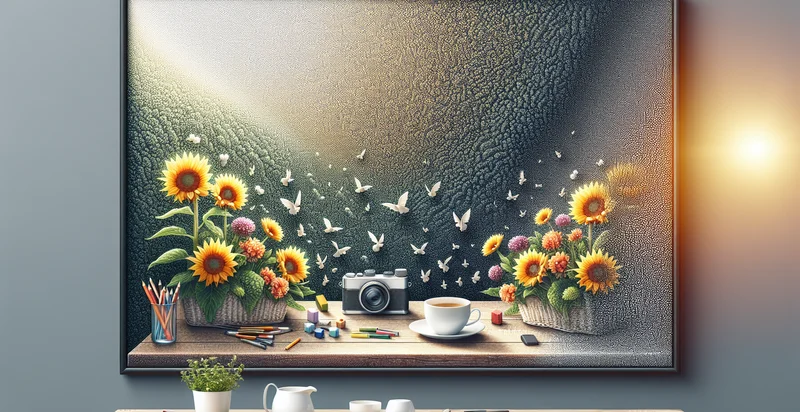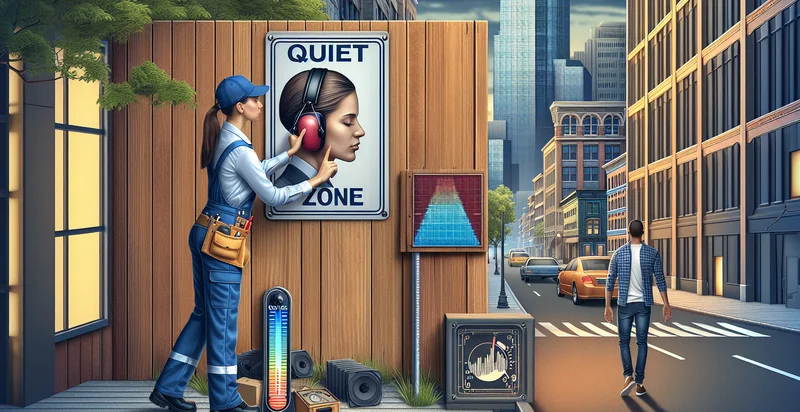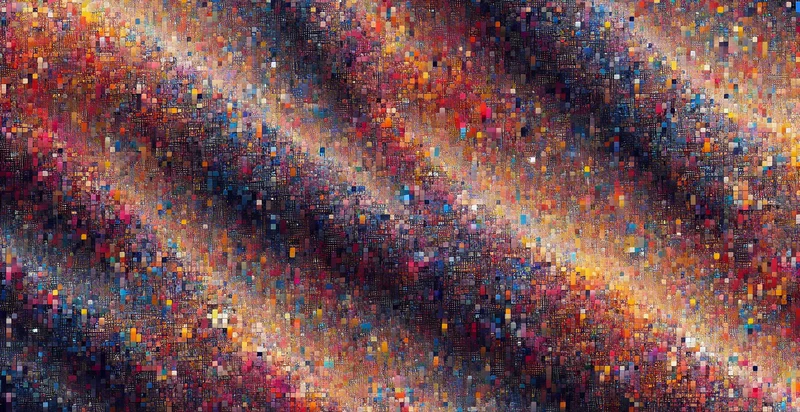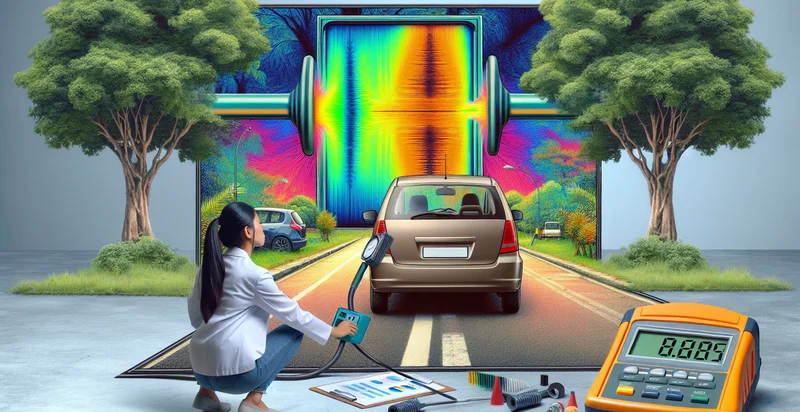Identify photo noise level
using AI
Below is a free classifier to identify photo noise level. Just upload your image, and our AI will predict the noise level in your photos - in just seconds.

Contact us for API access
Or, use Nyckel to build highly-accurate custom classifiers in just minutes. No PhD required.
Get started
import nyckel
credentials = nyckel.Credentials("YOUR_CLIENT_ID", "YOUR_CLIENT_SECRET")
nyckel.invoke("photo-noise-level", "your_image_url", credentials)
fetch('https://www.nyckel.com/v1/functions/photo-noise-level/invoke', {
method: 'POST',
headers: {
'Authorization': 'Bearer ' + 'YOUR_BEARER_TOKEN',
'Content-Type': 'application/json',
},
body: JSON.stringify(
{"data": "your_image_url"}
)
})
.then(response => response.json())
.then(data => console.log(data));
curl -X POST \
-H "Content-Type: application/json" \
-H "Authorization: Bearer YOUR_BEARER_TOKEN" \
-d '{"data": "your_image_url"}' \
https://www.nyckel.com/v1/functions/photo-noise-level/invoke
How this classifier works
To start, upload your image. Our AI tool will then predict the noise level in your photos.
This pretrained image model uses a Nyckel-created dataset and has 7 labels, including Excessive, High, Low, Minimal, Moderate, None and Severe.
We'll also show a confidence score (the higher the number, the more confident the AI model is around the noise level in your photos).
Whether you're just curious or building photo noise level detection into your application, we hope our classifier proves helpful.
Related Classifiers
Need to identify photo noise level at scale?
Get API or Zapier access to this classifier for free. It's perfect for:
- Social Media Content Optimization: Social media platforms can utilize the photo noise level identifier to filter and optimize user-uploaded images. By assessing image quality, platforms can provide users with feedback or suggestions to enhance their photos, ultimately leading to higher engagement rates.
- E-commerce Product Listings: Online retailers can implement this function to automatically evaluate and ensure high image quality for product photos. By identifying and flagging images with excessive noise levels, retailers can maintain a professional appearance and improve customer trust and satisfaction.
- Photo Editing Applications: Photo editing software can incorporate the noise level analysis feature to help users understand the quality of their images before and after editing. This functionality can provide recommendations on noise reduction techniques, enhancing the overall user experience and photo quality.
- Automated Image Quality Control in Manufacturing: Manufacturers involved in image-based inspection (e.g., for quality control) can utilize noise level identification to ensure that only high-quality images are processed. This reduces the risk of errors and enhances the reliability of automated systems in detecting defects or inconsistencies.
- Digital Asset Management Systems: Institutions or businesses managing large repositories of images can implement this function to maintain an organized and quality-driven catalog. By identifying low-quality images, they can take action to either enhance or remove them, optimizing their asset library.
- Healthcare Imaging Analysis: In medical imaging, this function could assist healthcare professionals in identifying the quality of images produced by diagnostic tools. By filtering out images with high noise levels, practitioners can ensure that only the clearest, most accurate images are used for diagnosis and assessment.
- Real Estate Virtual Tours: Real estate companies can use the photo noise level identifier to ensure that images in virtual tours are of sufficient quality. High-quality images can enhance the impact of listings and provide potential buyers with a clearer understanding of properties, ultimately aiding in the sales process.


